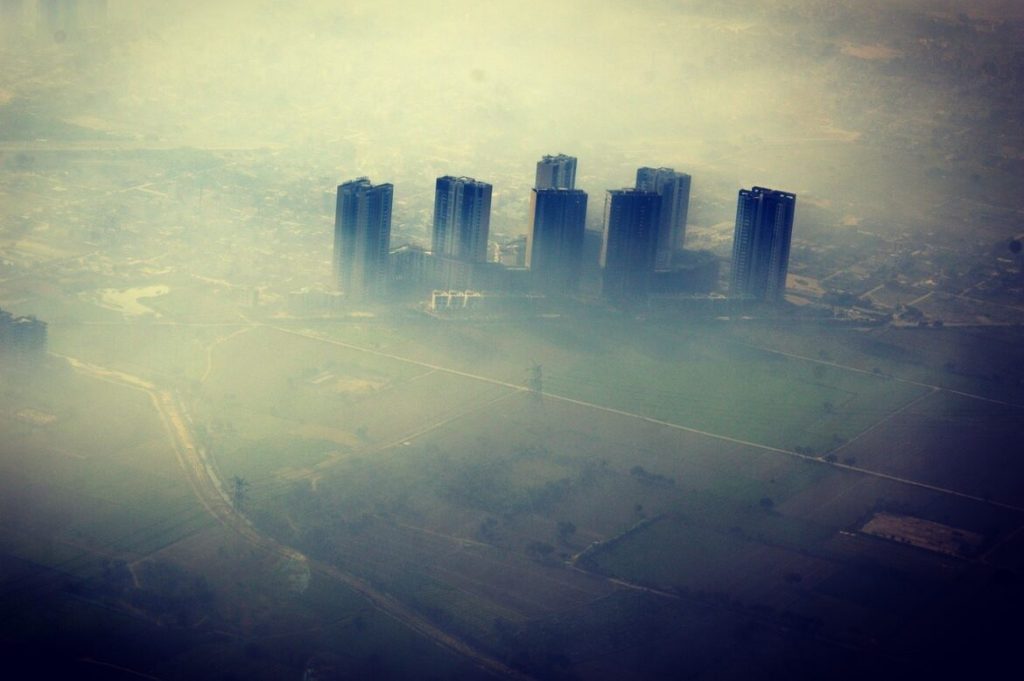The State of Global Air 2025 report has revealed which U.S. states and regions record the highest levels of ozone air pollution—one of the pollutants linked to a range of health risks, especially in areas experiencing high temperatures or frequent wildfires.
According to the U.S. Environmental Protection Agency (EPA), exposure to ozone can cause coughing, throat irritation, breathing difficulties, and airway inflammation. It can also increase asthma attacks and worsen chronic respiratory diseases such as emphysema and bronchitis. Children, the elderly, and outdoor workers are the most vulnerable groups.
The report—issued by a joint research initiative between the Health Effects Institute (HEI) and the Global Burden of Disease project at the Institute for Health Metrics and Evaluation—offered a comprehensive view of global air quality and its health impacts.
It included maps showing ozone pollution distribution during the 2020 peak season. Data showed that parts of the southwestern United States recorded concentrations exceeding the World Health Organization’s threshold of 100 micrograms per cubic meter (8-hour average), including regions of California, Nevada, and Arizona.
Rising Heat and Wildfires Drive Ozone Pollution Surge Across the U.S.
Pallavi Pant, Head of Global Initiatives at the Health Effects Institute, explained that the elevated ozone concentrations in the western U.S. are partly due to higher background pollution levels linked to cross-border pollution, in addition to local sources such as wildfires. She added that heatwaves contribute to ozone formation, as pollution levels intensify during periods of extreme heat when stagnant air prevents the dispersal of pollutants.
While most of the country recorded ozone levels between 70 and 100 micrograms per cubic meter, regions in Florida, northeastern Minnesota, southern Texas, and the far northeastern corner of the country saw lower levels—between 60 and 70 micrograms per cubic meter. The report noted that these estimates were derived from a combination of multiple data sources, including chemical-atmospheric modeling for greater accuracy.
Pant also noted a noticeable decrease in air pollution in 2020 during the early stages of the COVID-19 pandemic, but said those gains did not last as pollution levels have since rebounded. Meteorologists describe ozone as a “secondary” pollutant that forms through chemical reactions requiring sunlight and high temperatures, making the summer months the most vulnerable period. When the air becomes stagnant, pollutants accumulate, and ozone concentrations rise to unhealthy levels.
As the risks persist, the National Weather Service (NWS) continues to issue air quality alerts on its website whenever health and environmental agencies report dangerous pollution levels, enabling residents to take precautions when ozone levels become harmful.

